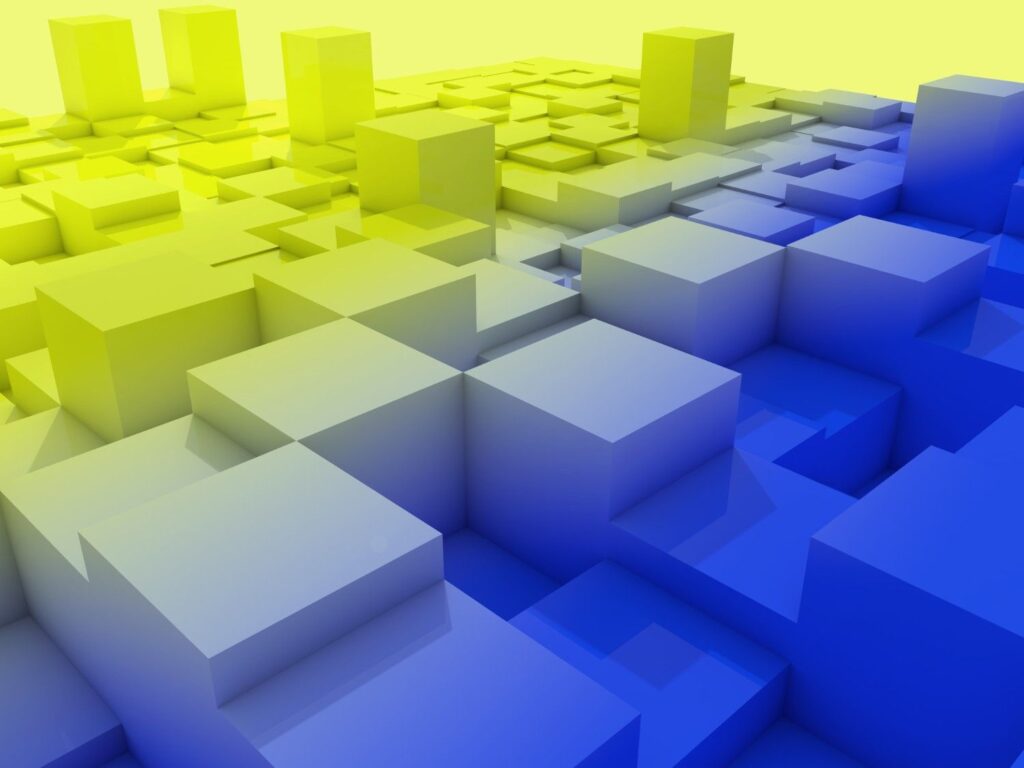OUTSOURCE CREATIVE SERVICES - OUTSOURCE CREATIVE WORKS-OUTSOURCING CREATIVE WORK - OUTSOURCE CREATIVE DESIGN -OUTSOURCE 2D ARTWORKS - 2D ART SERVICES - 2D ART OUTSOURCING -ART OUTSOURCING - OUTSOURCE ILLUSTRATION WORKS - OUTSOURCE ILLUSTRATION SERVICES - OUTSOURCE 3D MODELING - 3D MODEL OUTSOURCING- OUTSOURCING CAD WORKS- OUTSOURCE ARCHITECTURAL SERVICES -BIM - REVIT - 3D FLOOR PLAN - BIM OUTSOURCING SERVICES - MEP - REVIT MODELING - 3D FURNITURE MODELING - 3D ARCHITECTURE MODELING - AUGMENTED REALITY MODEL - VIRTUAL REALITY MODEL - 3D RENDERING - PRODUCT MODELING - 2D SERVICES - OUTSOURCE CREATIVE SERVICES -3D MODELING SERVICES - VFX
Why E-commerce Brands Are Strategically Outsourcing 3D Product Modeling
In the modern marketplace, the internet is the world's largest showroom. For e-commerce brands, the single most critical factor in driving sales and reducing returns is the quality of the visual content on their product pages. Gone are the days when a few static, two-dimensional photographs sufficed. Today's consumer demands an immersive, interactive, and hyper-realistic shopping experience. They expect to see the product from every angle, customize its features, and even place it virtually in their own home using Augmented Reality (AR).
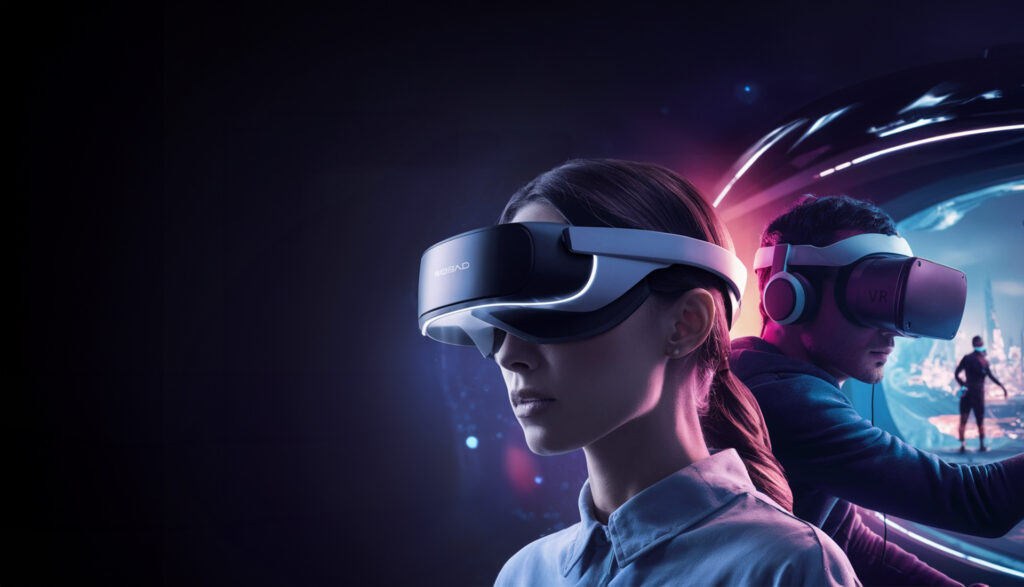
This shift in consumer expectation has elevated 3D product modeling from a novelty to an indispensable business tool. A 3D model is the ultimate digital asset, serving as the single source of truth from which all modern product visuals are generated: photorealistic renders, 360-degree spins, interactive configurators, and AR/VR experiences.
For e-commerce brands—whether established giants with tens of thousands of SKUs or rapidly scaling startups—the creation and management of this 3D content has become a massive logistical and financial challenge. The strategic solution, overwhelmingly embraced across the industry, is outsourcing 3D product modeling.
1. The Imperative for Immersive Visualization and Conversion
The primary reason 3D modeling is essential is its unparalleled ability to bridge the "purchase anxiety gap"—the uncertainty a customer feels when they cannot physically touch, feel, or examine a product before buying it online.
Reducing Returns with AR and 3D
Research across countless e-commerce platforms demonstrates that 3D and AR assets directly correlate with reduced return rates and increased conversions.
- Minimizing Uncertainty: A traditional 2D image can never fully communicate scale, texture, or how a product will look from all angles. A 3D model, however, allows customers to rotate, zoom, and inspect every detail.
- The Power of AR: Augmented Reality, powered by a single 3D model, allows a customer to use their smartphone to virtually place a sofa in their living room, a pair of glasses on their face, or a new faucet on their sink. This 'try before you buy' functionality eliminates scale and fitment concerns, leading to lower return rates, which in turn saves the brand immense logistical and restocking workload.
In a hyper-competitive market, the brand that offers the most compelling, least ambiguous visualization wins the sale. Outsourcing ensures firms can meet this high standard consistently, without having to develop the complex, niche skill sets required for AR optimization (such as polygon count reduction and UV mapping).
Unlocking Product Configurators
For brands with complex or customizable products (furniture, apparel, tools, electronics), 3D modeling is the only viable path to offering real-time configuration. A CGI product configurator allows a customer to instantaneously change colors, materials, components, and accessories.
To achieve this with traditional photography, a brand would need to shoot tens of thousands of product combinations, an impossible and ludicrously expensive task. With 3D, a single master model and a library of materials are leveraged, making the creation of millions of unique views a high-volume, automated process—but it all starts with a perfectly constructed, outsourced 3D model.
2. The Economics of Efficiency: Cost and Scalability
The business case for outsourcing 3D modeling is perhaps the most compelling factor, centered on the difference between fixed and variable costs, and the need for elastic production capacity.
Eliminating the Burden of Fixed Overhead
Building an in-house 3D visualization department carries enormous fixed costs that must be paid regardless of current project demand:
| Cost Factor | In-House 3D Department | Outsourced 3D Studio |
| Talent/Salaries | High fixed costs for senior 3D modelers, texture artists, and a team manager (salary, benefits, taxes). | Variable, pay-per-project cost. No long-term commitment. |
| Hardware | Massive capital expenditure on high-end, GPU-dense workstations and render farm access ($5k-$20k per seat) with continuous maintenance. | None. Vendor owns and manages all rendering infrastructure. |
| Software Licensing | Annual/monthly subscription fees for specialized software (e.g., Maya, 3ds Max, ZBrush, Substance Painter, V-Ray) and compliance management. | None. Vendor covers all software costs. |
| Idle Time Risk | High. Modelers are paid full salary even during lulls between major product launches. | Zero. The brand only pays when assets are actively being produced. |
Outsourcing converts a volatile fixed cost into a predictable variable cost. This financial agility is critical for e-commerce, where profitability often relies on tight control over operational expenditure. It shifts the burden of infrastructure and labor management to the external partner.
The Power of Elastic Scalability
E-commerce companies experience dramatic swings in asset demand:
- Massive Spikes: During a major seasonal launch, a complete catalog refresh, or the onboarding of a new product line, a brand might need hundreds of high-quality models immediately.
- Periods of Low Demand: Between launches, the demand drops sharply to simple model tweaks or material changes.
An in-house team is inherently inflexible. It cannot ramp up from 5 modelers to 50 in a single week to meet a launch deadline. Outsourcing, however, offers elastic scalability. Professional studios maintain a large bench of artists and robust infrastructure. They can instantly allocate the necessary resources to meet a 500-model deadline, then seamlessly scale back, making the brand's production capacity perfectly aligned with its sales and marketing cycles.
This flexibility prevents internal teams from burning out during surges and eliminates the financial waste of idle resources during slower periods, dramatically reducing the internal workload of HR, recruitment, and resource management.
3. Unlocking Speed and Volume for Large Catalogs
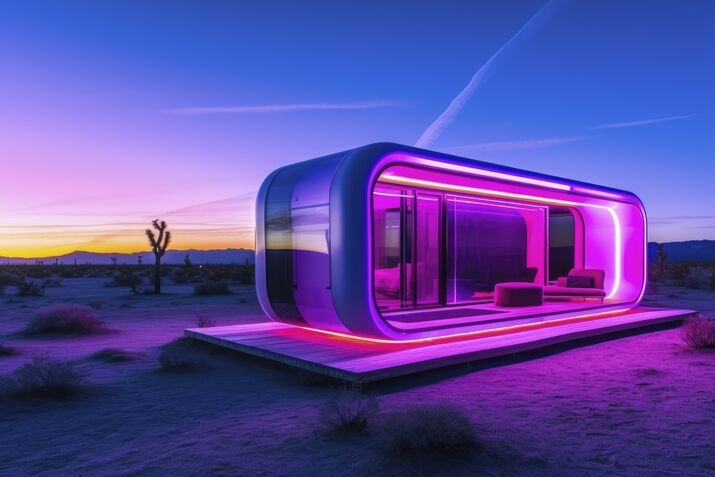
The success of any e-commerce brand is tied to its ability to bring new products to market quickly and manage a vast, ever-changing catalog of SKUs. The traditional photography pipeline is inherently slow and resource-intensive; the outsourcing 3D modeling pipeline is built for speed and volume.
Accelerating Time-to-Market
The traditional physical product visualization pipeline is lengthy:
- Product design finalizes.
- Physical prototype is built.
- Product is shipped to the photography studio.
- Photoshoot, editing, and post-processing takes place.
- Assets are delivered weeks after the prototype was ready.
The outsourced 3D modeling pipeline runs concurrently with design and manufacturing:
- As soon as CAD files or engineering drawings are final, they are sent to the modeling studio.
- The 3D model, textures, and renders are created while the product is still in manufacturing.
- Assets are ready before the first product leaves the factory.
This ability to decouple asset creation from the physical product logistics dramatically shortens the time-to-market, which directly translates to faster revenue generation. By offloading the modeling workload, the brand gains weeks of valuable sales time.
Managing Variations and Marketing Assets
A single, high-quality 3D model can be leveraged for dozens of different applications, saving immense work:
- Virtual Photography: Generating thousands of photorealistic renders showing different colors, environments, and compositions—all without ever staging a physical photoshoot.
- Animated Content: Creating product assembly videos, lifestyle clips, or feature highlights instantly, tasks that are expensive and complex to film physically.
- Web/Mobile Optimization: The original model can be optimized by the external partner for lightweight display on websites and mobile AR applications.
Outsourcing means the brand only pays for the primary asset (the 3D model) once, and the external partner handles the workload of generating all downstream variations and marketing deliverables from that single file.
4. The Pursuit of Uncompromising Quality and Photorealism
When a customer can't touch a product, the digital representation must be flawless. Achieving hyper-realistic, high-fidelity 3D models consistently requires a depth of specialization that few in-house e-commerce teams possess.
Mastering the Art of Photorealism
3D modeling is an art form rooted in technical physics. Professional outsourced artists are masters of:
- PBR (Physically Based Rendering) Materials: Accurately simulating how light interacts with real-world materials (e.g., the roughness of brushed metal, the subsurface scattering of leather, the subtle dust in glass).
- Lighting and Environment: Creating studio-quality digital lighting setups that replicate the warmth, shadow, and reflectivity of real-world photography.
- Topology and Detail: Modeling complex curves and small component details accurately enough for close-up views and AR integration.
An in-house generalist trying to achieve this level of detail risks creating assets that look amateurish, which severely degrades brand perception and consumer trust. Outsourcing ensures that every asset is created by a dedicated visualization specialist whose sole focus is photorealistic perfection. The brand transfers the complex workload of maintaining cutting-edge artistic and technical skill to the external provider.
Accessing Niche and Specialized Modeling
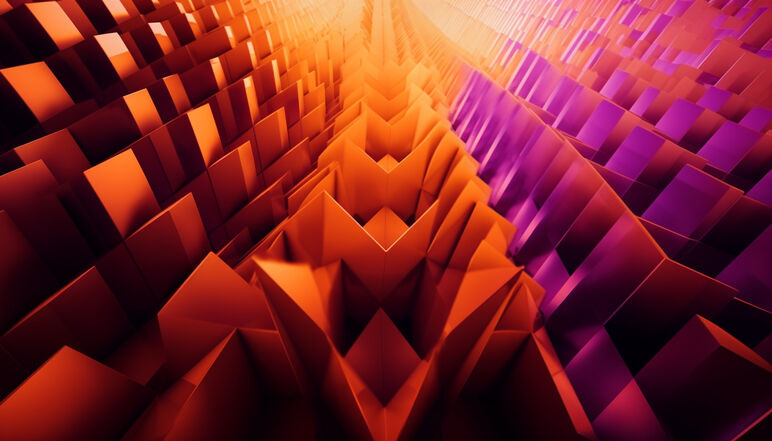
Some products require highly niche modeling skills:
- Soft Goods: Apparel, bedding, or textiles require simulation software (like Marvelous Designer) to accurately model realistic drapes, folds, and creases.
- Technical Products: Complex machinery or internal components require precision driven by engineering blueprints, often necessitating CAD cleanup and refinement.
- Jewelry/Luxury: Requires specialized rendering techniques to capture the refraction, sparkle, and subtle reflections of gemstones and polished metals.
By outsourcing, brands gain immediate access to these highly specific skill sets without the costly and time-consuming process of hiring, training, and retaining such niche talent internally. The workload of talent acquisition and specialized training is completely removed.
5. Strategic Advantages and Future-Proofing
Finally, the decision to outsource CAD and 3D product modeling is cemented by long-term strategic benefits that simplify operations and safeguard brand growth.
Maintaining Asset Consistency
An e-commerce brand’s visual identity relies on consistency. Using multiple internal resources or shifting between different photographers can lead to a fragmented visual catalog. Outsourcing to a single, professional 3D studio ensures all assets—whether a static render, a 360-spin, or an AR model—adhere to a unified standard of quality, lighting, and composition, simplifying brand guidelines and reducing the internal workload of visual quality control.
Focusing Internal Teams on Core Business
The most valuable strategic advantage is the ability for internal teams to focus on their core competencies:
- Marketing Teams: Focus on strategy, conversion funnels, and customer acquisition, using the flood of high-quality assets provided by the outsourced partner.
- Product Development: Focus entirely on design and manufacturing excellence, leaving visualization to the experts.
- Supply Chain/Logistics: Focus on efficient delivery and operations.
By offloading the technical production workload, the entire organization operates more efficiently, leveraging specialized partners to drive overall business growth rather than being slowed down by technical constraints.
Conclusion: Outsourcing as the Digital Growth Engine
The modern e-commerce landscape is defined by immersive, interactive digital content. To meet this demand, brands need massive, flexible, and reliable production capacity for 3D product modeling.
Outsourcing 3D product modeling has transitioned from a cost-saving tactic to a foundational strategic pillar for e-commerce growth. It is the only viable method for brands to:
- Meet the Demands of Immersive Marketing (AR, Configurators).
- Achieve Financial and Operational Elasticity (Converting fixed costs to variable costs).
- Accelerate Time-to-Market (Running visualization concurrently with manufacturing).
- Guarantee Uncompromising Photorealistic Quality (Accessing specialized expertise).
By choosing to outsource, e-commerce brands stop struggling with software licenses, hardware investment, and HR burdens. They transfer the technical workload to experts, freeing their internal teams to focus on design, customer engagement, and ultimately, sales. For any e-commerce business aiming for scale and sustained profitability, outsourcing 3D product modeling is the essential strategy for navigating the future of digital retail.
Visit
Fore more details contact us : https://www.outsource3dmodeling.com/

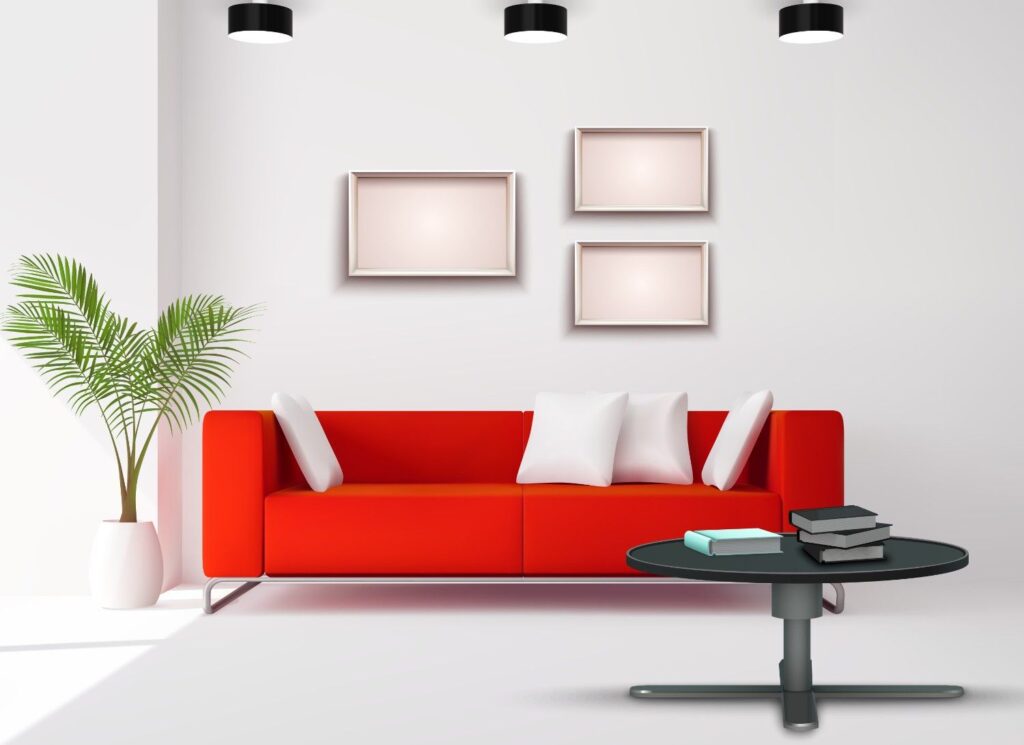
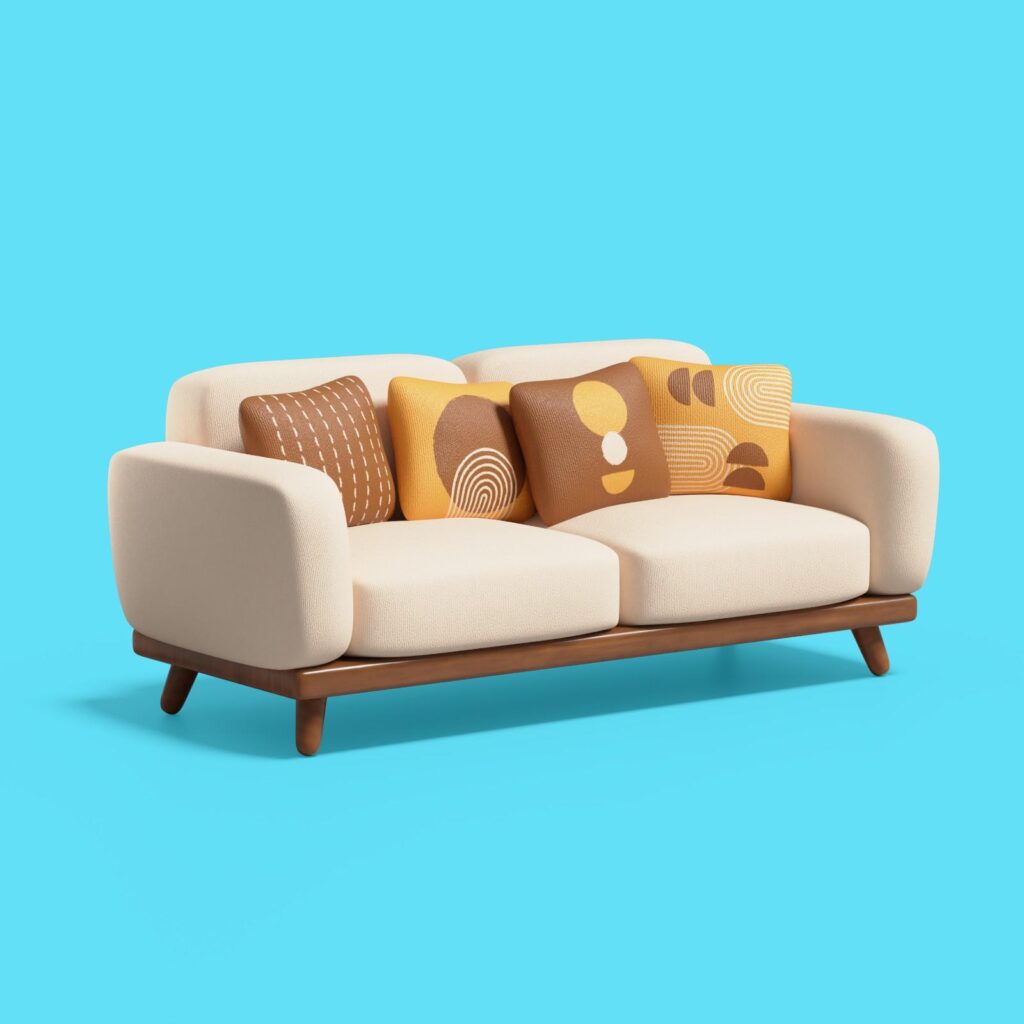
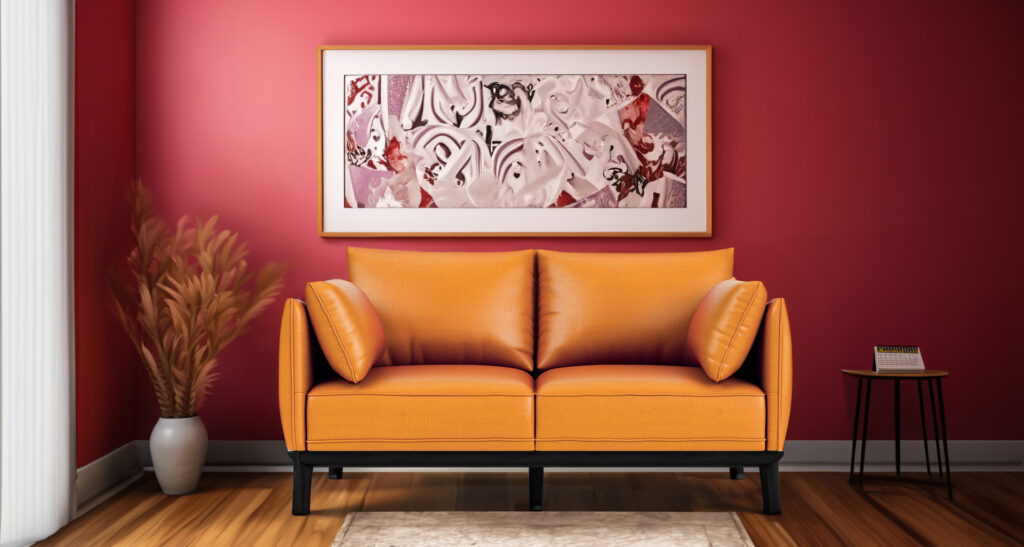





.jpg)


